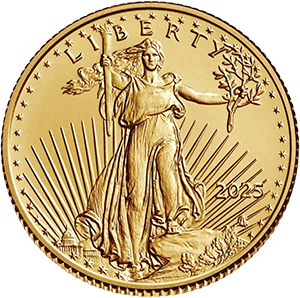
Beneath the rugged peaks of Arizona’s Superstition Mountains lies a tale as enduring as the desert landscape itself: the legend of the Lost Dutchman Mine. For well over a century, this mysterious cache of gold has captured the imaginations of adventurers, historians, and fortune-seekers alike. Though countless expeditions have scoured the arid terrain in search of this elusive treasure, its location — if it exists at all — remains unknown.
But the true value of this legend lies not in its historical veracity, but in what it symbolizes: humankind’s enduring fascination with gold. In today’s turbulent economic climate, the desire to hold tangible wealth — like physical gold — is more than romantic nostalgia. It’s a prudent financial strategy.
The Origins of the Legend
The tale of the Lost Dutchman Mine traces back to the 19th century. According to lore, a German immigrant named Jacob Waltz (often mischaracterized as "Dutch") stumbled upon a vein of gold of astonishing richness somewhere within the Superstition Mountains. Before his death in 1891, he is said to have shared cryptic directions to the site, prompting a century-long series of ill-fated expeditions, mysterious deaths, and heated debates among historians and amateur sleuths.
Despite the lack of concrete evidence, belief in the mine’s existence has persisted. It remains a staple of American folklore — a potent blend of frontier mythology and enduring dreams of sudden fortune.
Gold’s Historical Role: From Legend to Lifeline
The story of the Lost Dutchman Mine, whether fact or fiction, underscores a timeless truth: gold has always represented security, permanence, and value. Unlike fiat currencies or digital investments, gold is a tangible asset — impervious to cybercrime, resilient in times of war, and immune to the whims of political instability.
In times of financial crisis, gold ownership becomes more than a hedge; it becomes a haven. Investors turn to physical gold — coins, bullion, and gold-backed IRAs — not out of fantasy, but out of sound financial reasoning. The appeal lies not merely in what gold was, but in what it continues to be: a symbol of stability in an uncertain world.
Modern Gold Ownership: A Practical Alternative to Treasure Hunts
Today’s investors need not venture into treacherous wilderness or decipher cryptic maps to claim their stake in gold. With the rise of trusted precious metals firms and gold IRA custodians, acquiring physical gold has never been more accessible — or more essential.
Consider the advantages:
-
Inflation resistance: Gold retains purchasing power when fiat currencies falter.
-
Portfolio diversification: Gold serves as a counterweight to equities and bonds.
-
Tangible control: Investors can physically own and store their wealth.
-
Legacy planning: Gold offers enduring value that can be passed across generations.
The quest for financial security in uncertain times is no less real than the fabled search for the Lost Dutchman Mine. But unlike the phantom riches of folklore, gold ownership today offers concrete, legally protected pathways to building lasting wealth.
Conclusion: Turning Myth into Meaningful Investment
Legends like the Lost Dutchman endure because they tap into something primal — the desire to uncover hidden wealth, to secure one's future, to believe in the possibility of sudden fortune. But in the modern era, wise investors understand that gold’s true value lies not in buried treasure, but in the security and sovereignty it offers those who own it.

